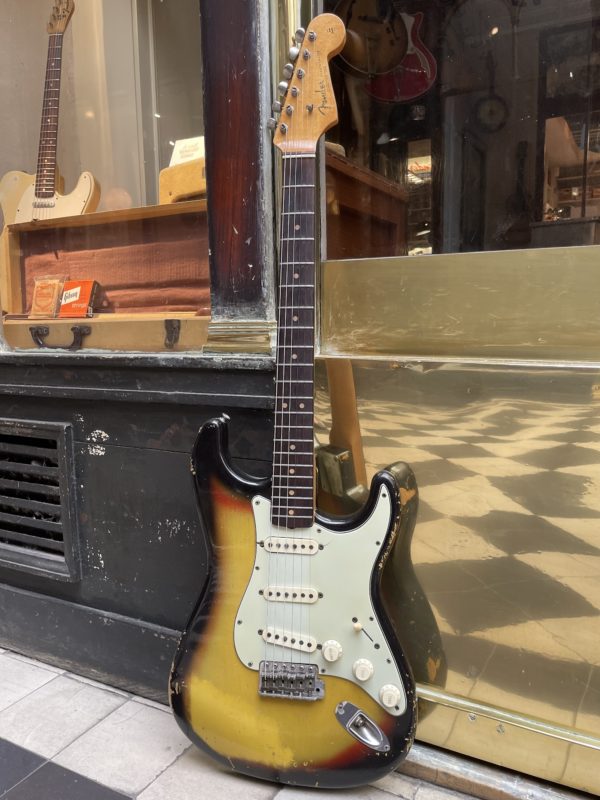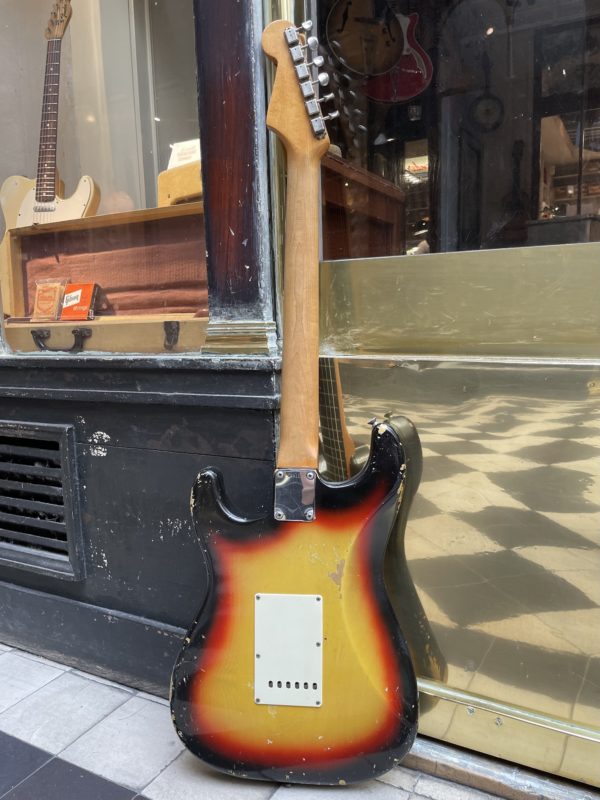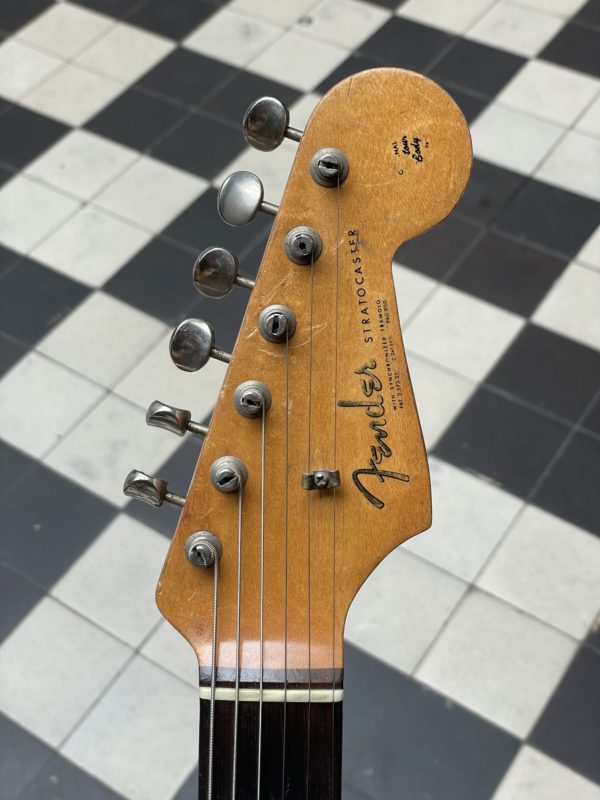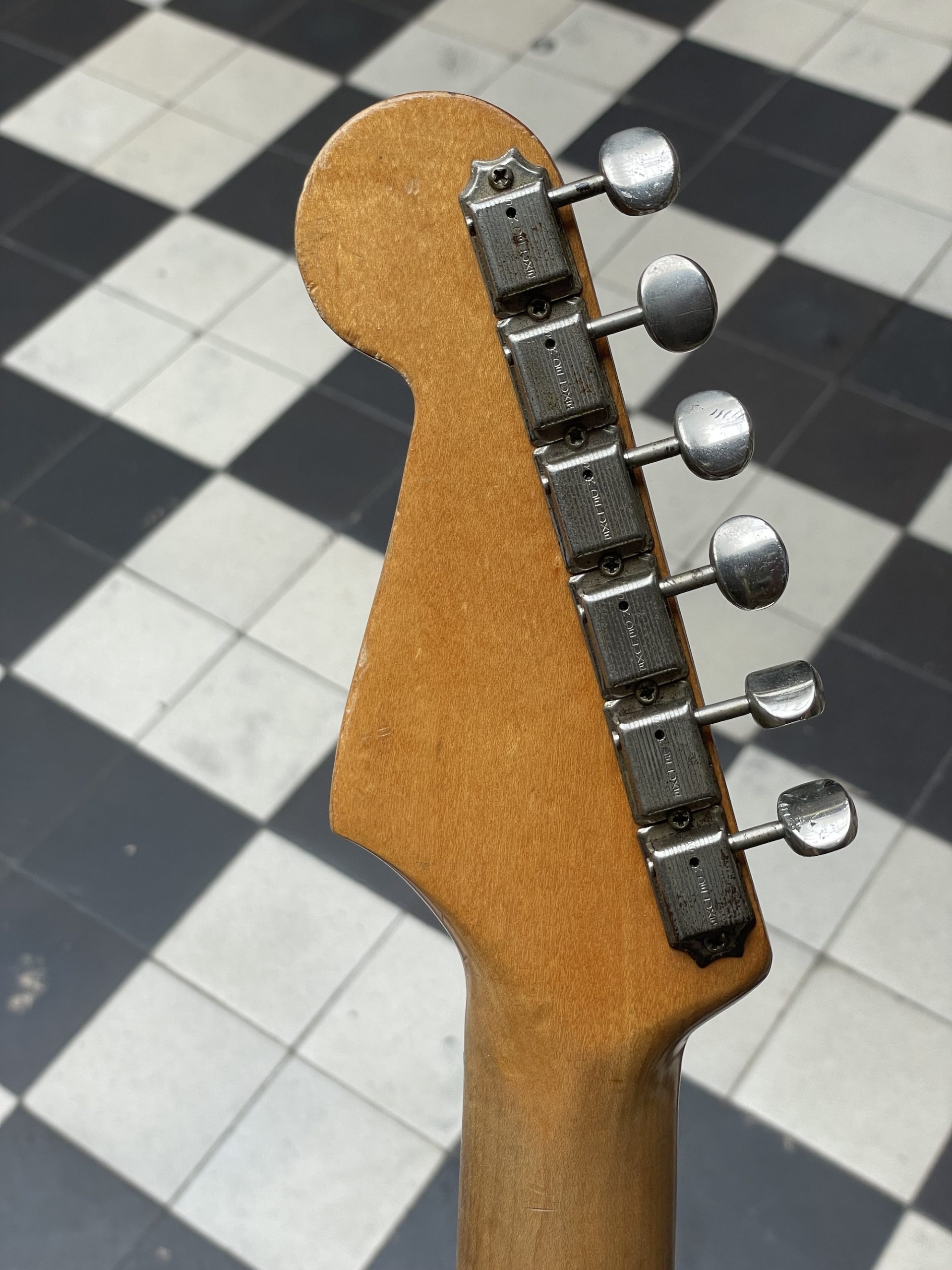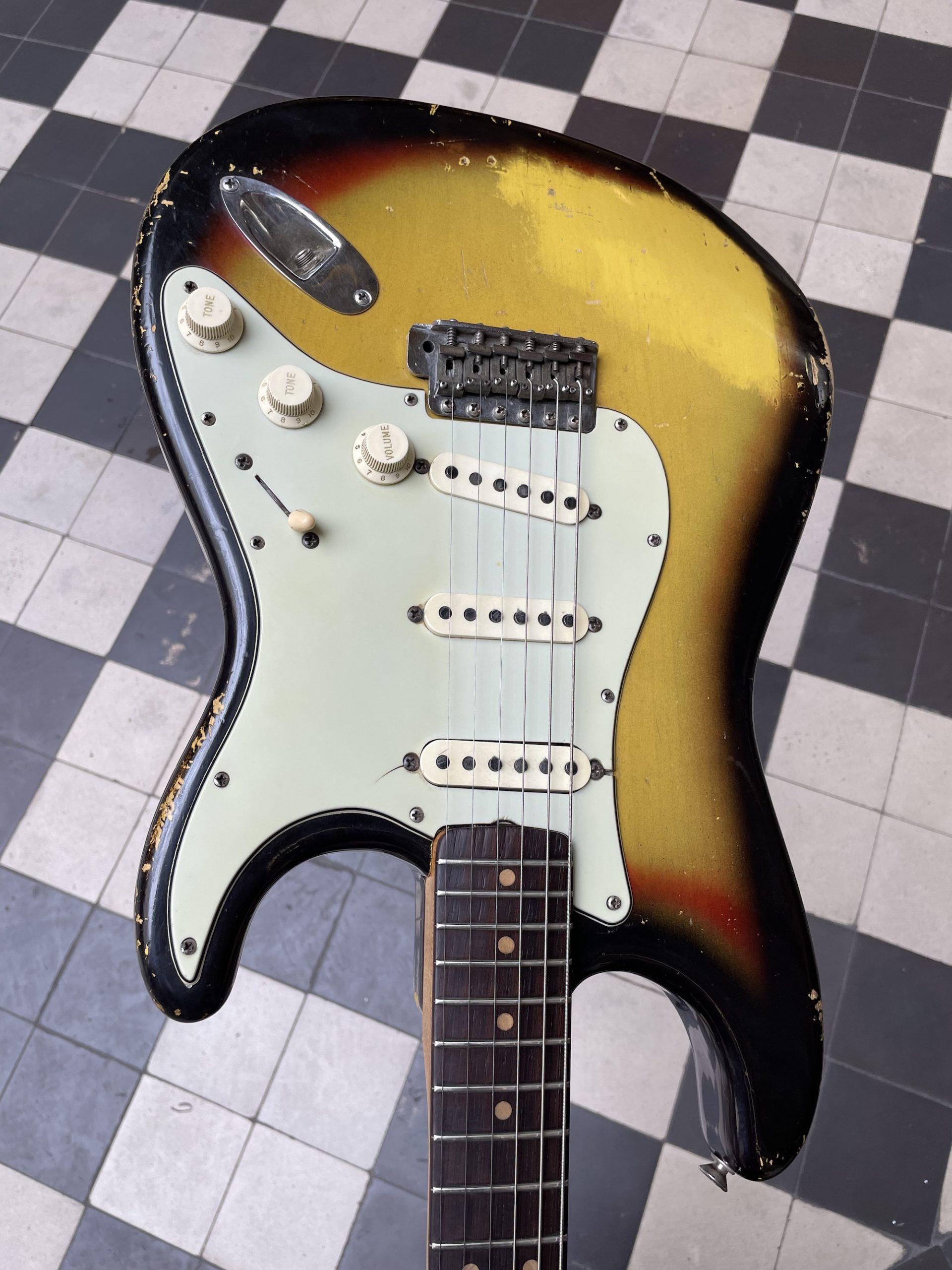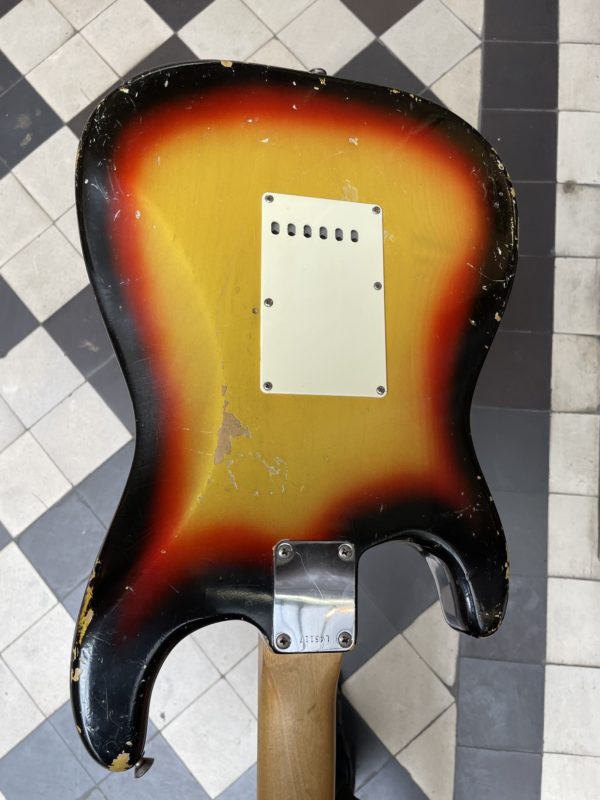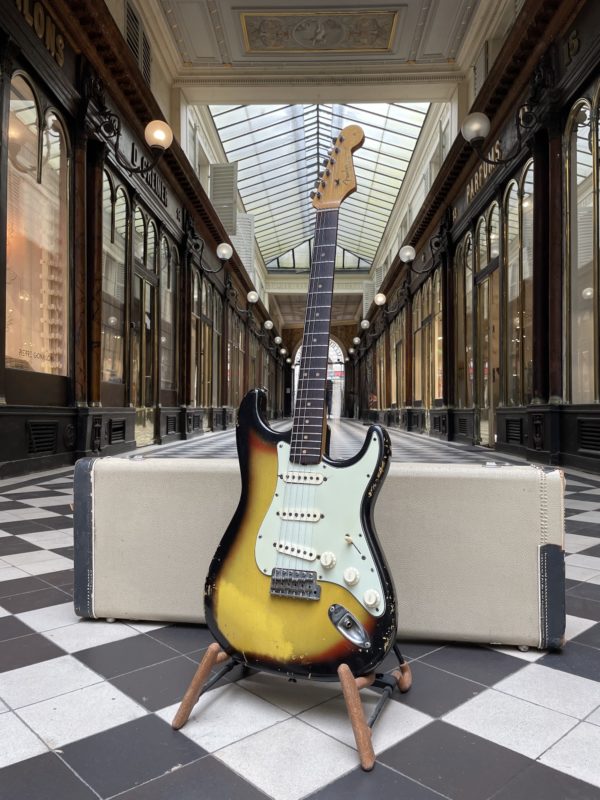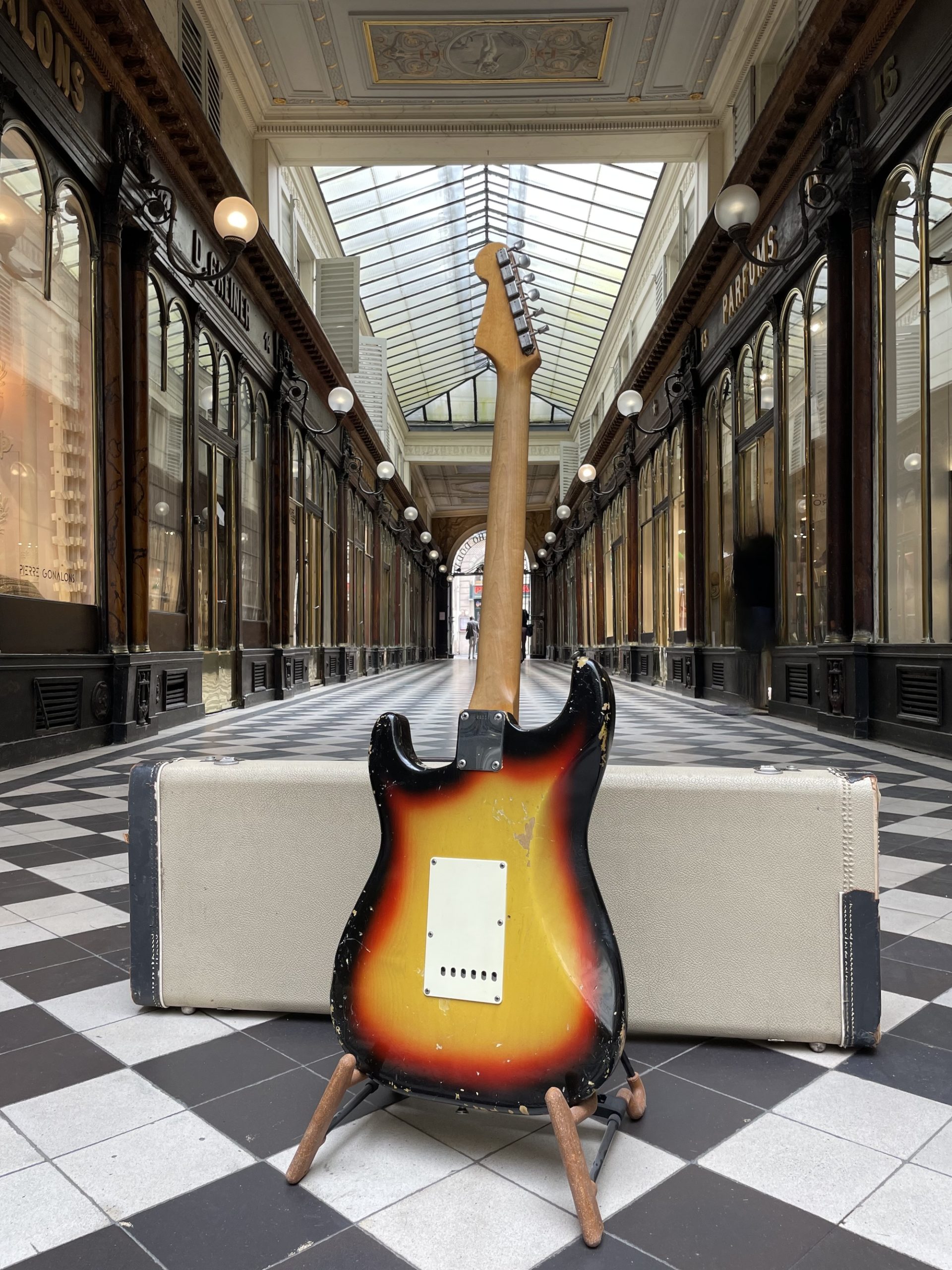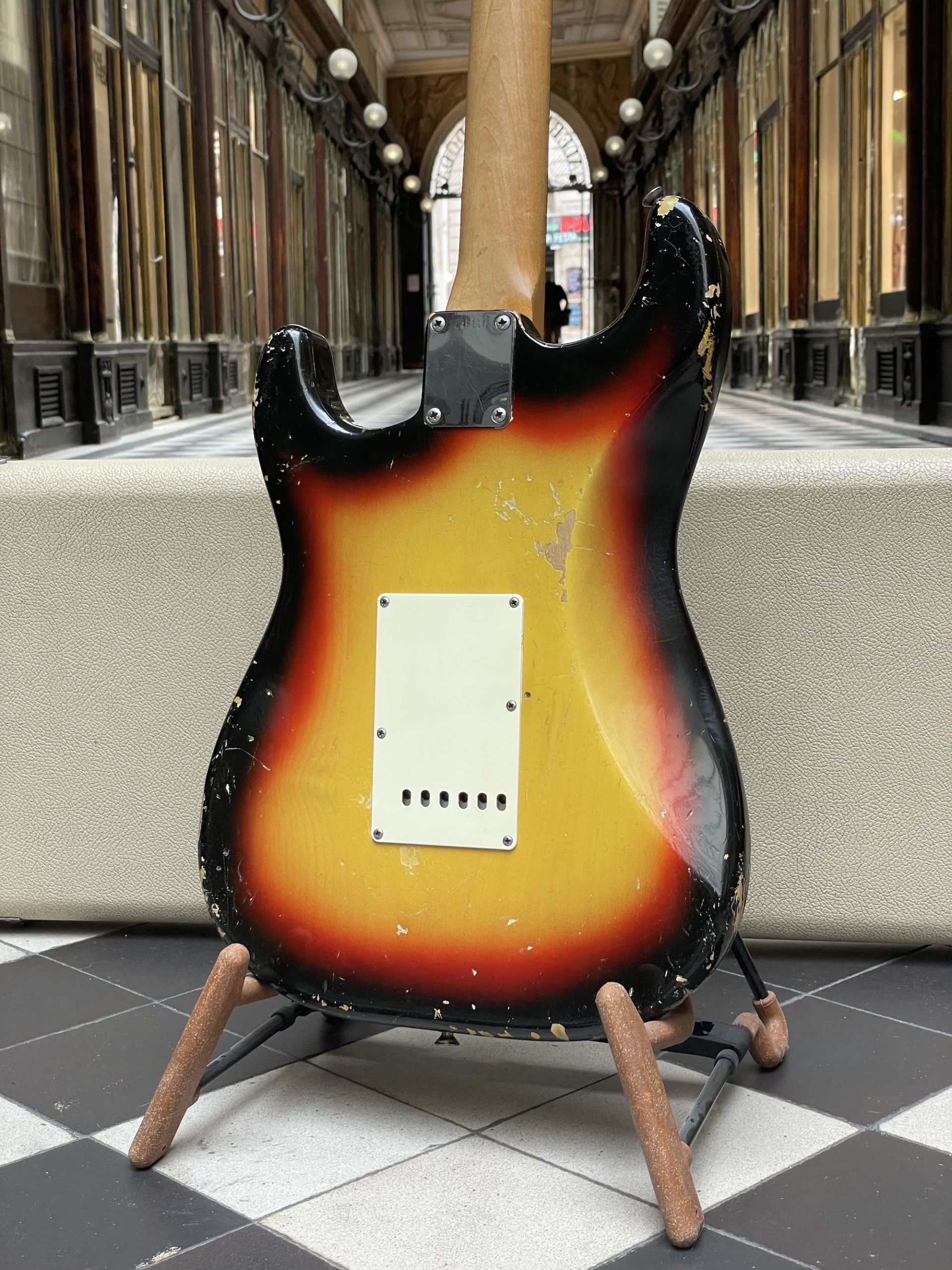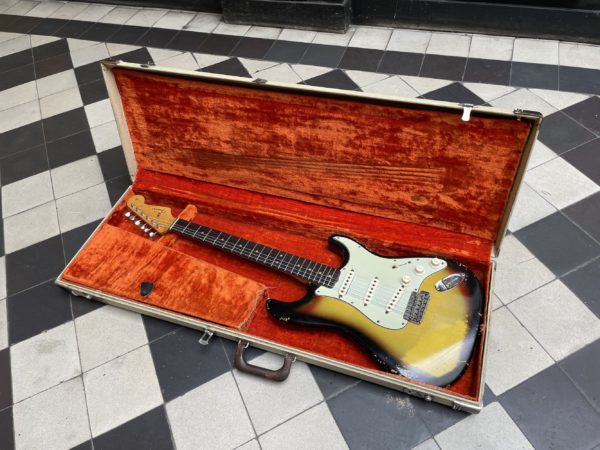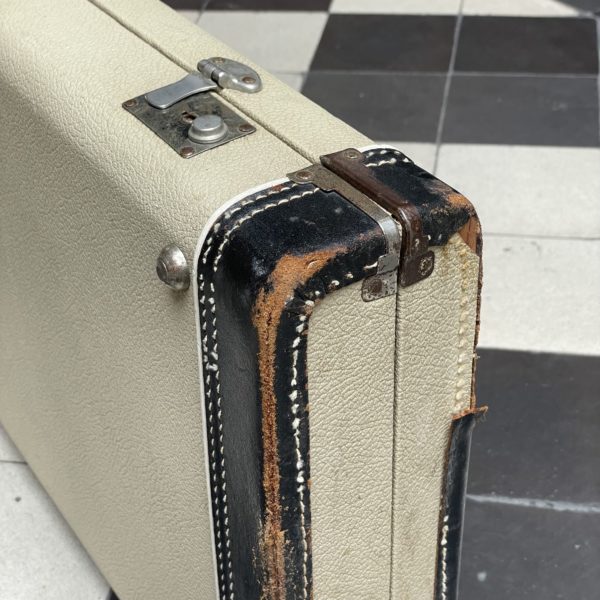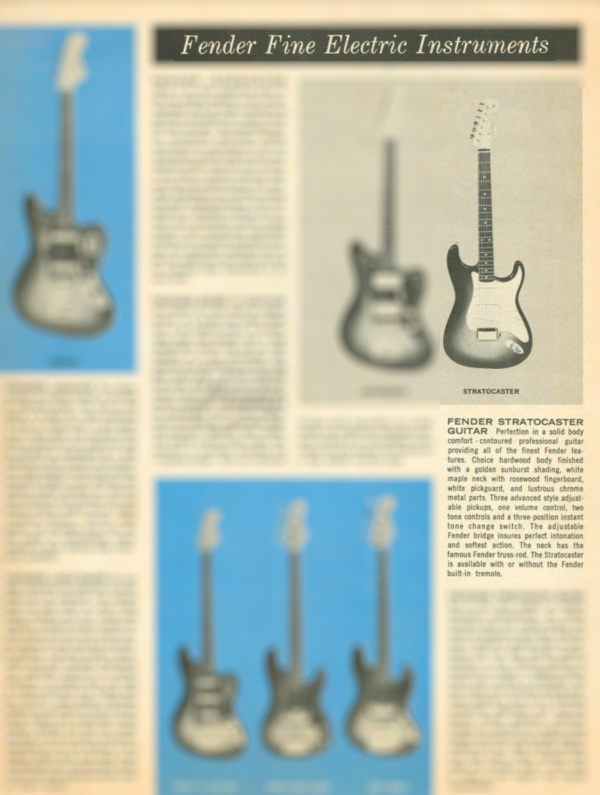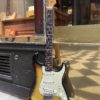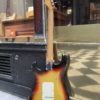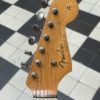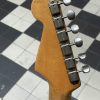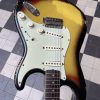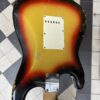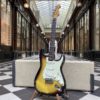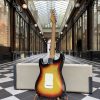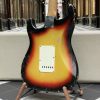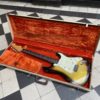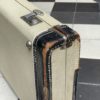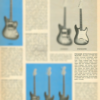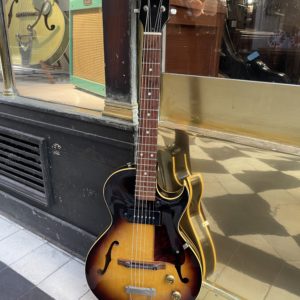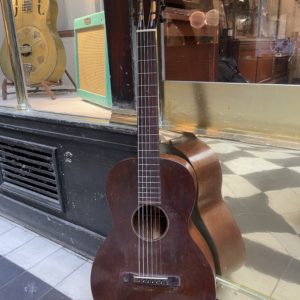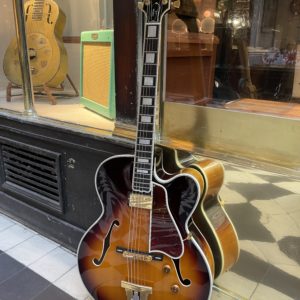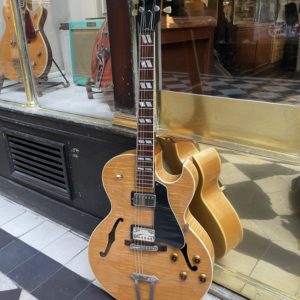1964 FENDER STRATOCASTER
The prices indicated correspond to the price in the case of payment in-store or by bank transfer. In the case of payment by credit card via the website, a processing fee of [3.25% + €0.25]* will be applied to the total amount of the basket, including delivery costs.
Superb Fender Stratocaster from 1964, in exceptional original condition.
This year marks the 70th anniversary of the Fender Stratocaster, introduced in April 1954, and on this occasion we rediscover the magic of this legendary guitar in the form of this example produced in 1964, 10 years after the initial launch of the model. The Stratocaster reigned supreme over the landscape of Fullerton-made solidbodies for the best part of the 1950s, overshadowing the founding models that were the Telecaster and the Esquire, whose sympathetically old-fashioned image was strongly associated with the virtuosos of country and western swing that were Jimmy Bryant, Don Rich and many others. Conversely, the Stratocaster embodied a form of modernity, with its asymmetrical contoured body, its three single-coil pickup configuration and its Synchronized Tremolo vibrato bridge, and soon became the instrument of choice for the early stars of the budding rock’n’roll scene – let us mention in particular Buddy Holly, whose unique playing style was intimately linked to his guitar, and we can only regret that he did not have the opportunity to develop it further at cause of its untimely death… In any case, the influence of Holly and his rocker contemporaries certainly cemented the popularity of the Stratocaster with the American public and boosted its sales, contributing greatly to the expansion of the Fender company which grew from a small business employing at most a few dozen workers to a major manufacturer with a production complex comprising 27 buildings employing no less than 600 workers in total, all in the space of a decade .
In the 1960s, a new musical phenomenon emerged in the form of surf music – a genre primarily characterized by its rowdy instrumental compositions, filled with rolling toms and snare drums, saxophone solos, and above all of guitar riffs drowned in spring reverb, a new effect recently made available to guitarists. Such tunes brought a particularly exotic color to the musical landscape of the time, and excited the imagination of young Americans – many of whom lived far from the sunny shores of California. Thus, in the same way as a comparable phenomenon that occurred 45 years earlier with the advent of Hawaiian music which had propelled the sales of ukuleles and slide guitars, a new generation of musicians came to swell the ranks of guitarists, often making the choice of the Stratocaster which was at the time the cheapest professional model equipped with a vibrato – the Jazzmasters and Jaguar having taken the lead in the catalog. They thus found themselves emulating their Strat-playing surf rock idols – we are of course thinking of the Ventures and the Surfaris, but mainly of Dick Dale, the King of the Surf Guitar, who spoke of his favorite instrument in the following terms: “For the particular sound you want – punch, power, a driving force of true rock and roll – you’ve got to play a Stratocaster”. We can also mention the importance, closer to us here on the Old Continent, of Hank Marvin and the Shadows who also made ideal poster boys for the Stratocaster in the United Kingdom and Europe – and were probably single-handedly responsible for the orders which flocked in the first half of the 60s for Stratocasters in a Fiesta Red Custom Color!
The instrument presented here was made in the heart of the golden age of surf music and as the pre-CBS Fender era was reaching its climax – just a few months before the Fullerton manufacturer was bought by the audiovisual giant in January 1965, marking the end of small-scale manufacturing and its entry into large-scale industry. The pre-CBS Strats are essentially characterized by two elements: their 3-tone Sunburst finish for which Fender had finally managed to master the hold of the red color, and the maple neck topped with a rosewood fingerboard, replacing the fully maple necks previously used. We can offer two narratives likely to explain the transition from the maple fingerboard to the rosewood one: on the one hand, a desire on the part of Fender to align itself with the characteristics of their competitors’ instruments, and thus poach their clientele by offering them a known reference point; on the other hand, the realization that the celluloid varnishes available in the late 1950s and early 1960s did not provide sufficient resistance to play, often leading to wearing of the varnish and an unflattering darkening of light colored wood below.
We also find the spaghetti logo – a legacy of the previous decade, present on Stratocasters for a few more months after the production of this guitar before being replaced by a larger, so-called transition logo, identical to the one already present on the Jaguar and Jazz Bass; clay dot fretboard inlays; a celluloid pickguard whose color has turned green, as is frequently the case before Fender replaced them with an ABS material pickguard; a set of six individual Kluson Deluxe tuners. All these elements, as well as the three gray bottom single coil pickups, the cloth-covered wiring as well as the potentiometers dated to the correct year and the tone capacitor are original, the neck is dated September 1964. Here is a copy pure of a legendary guitar, which we took care to fully adjust in our workshop with levelling and polishing of the frets, making a bone head nut, allowing us to optimize playing comfort with low action and accurate intonation .
Sold in its original Fender white tolex hardshell case, accompanied by its certificate of authenticity produced by Jérôme Casanova.
SOLD


